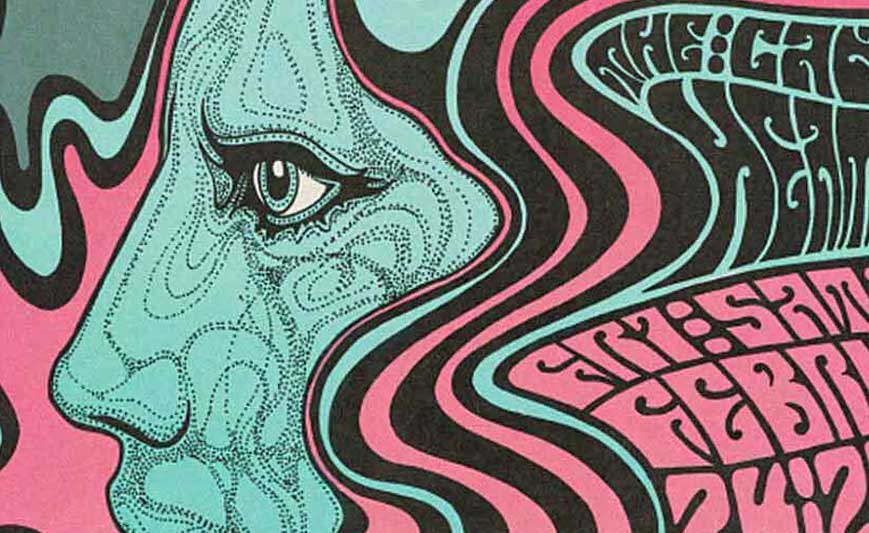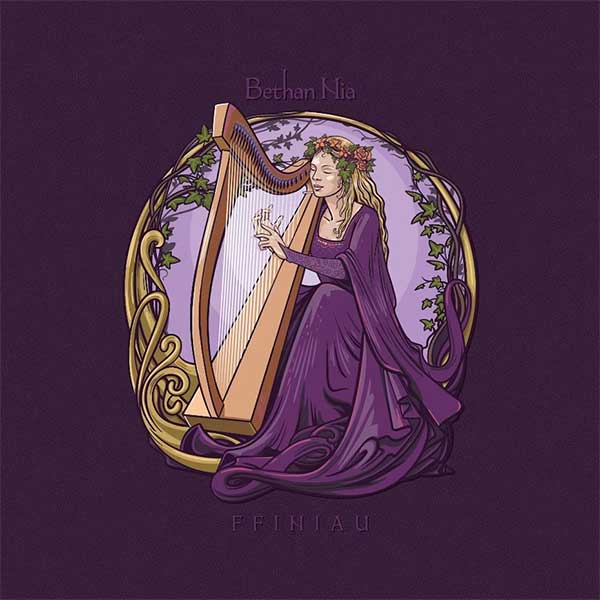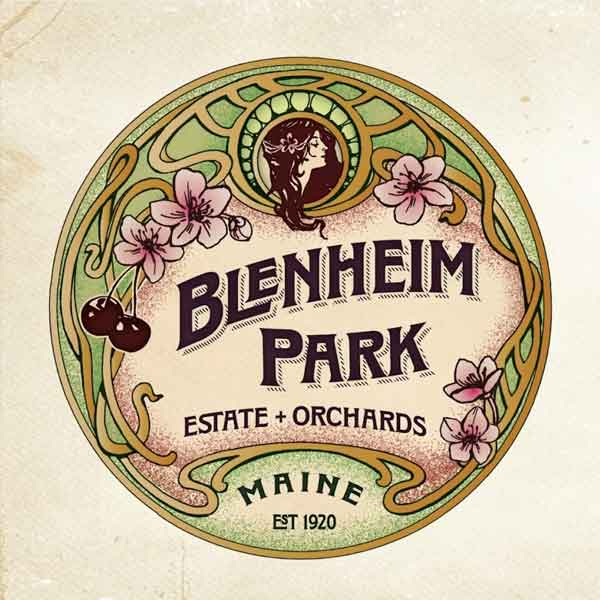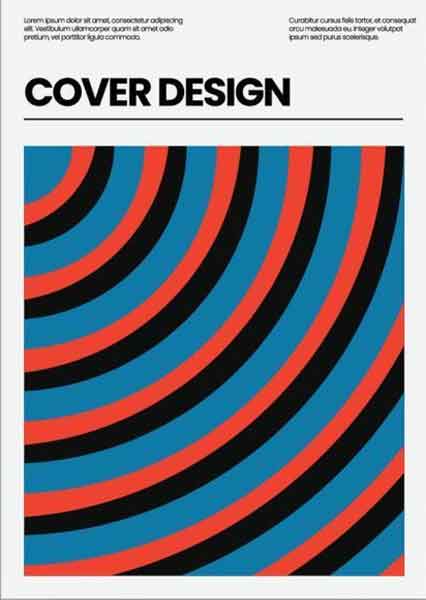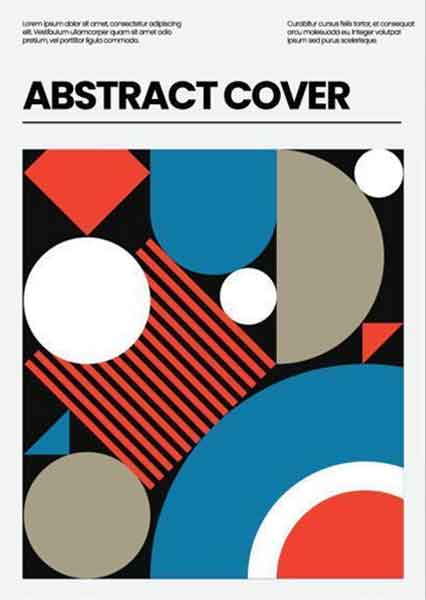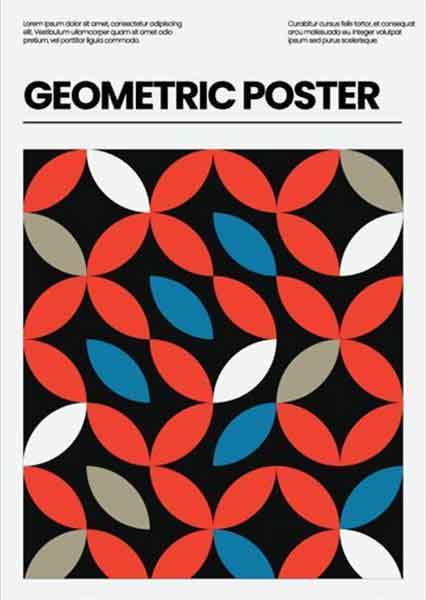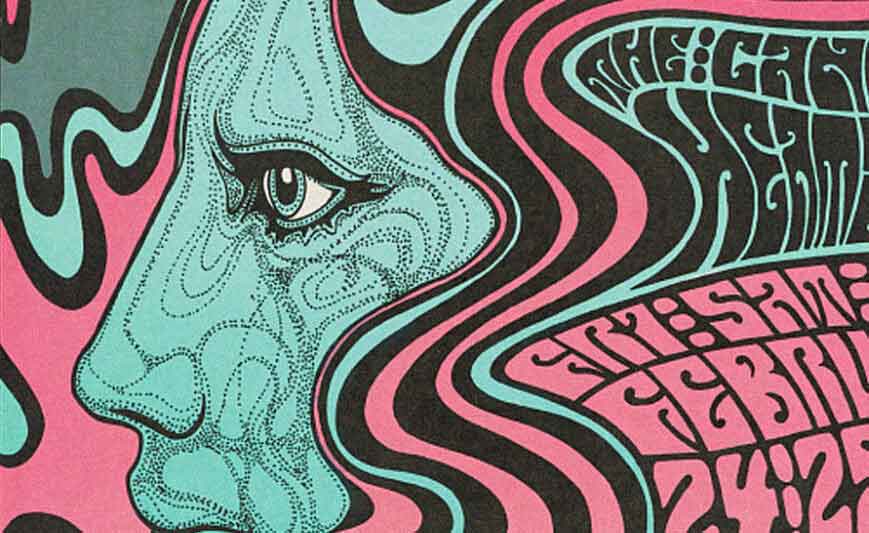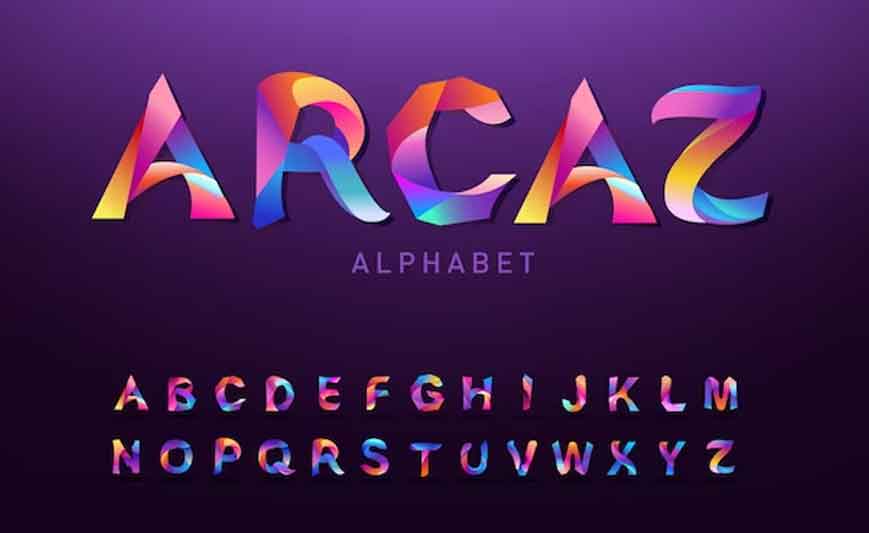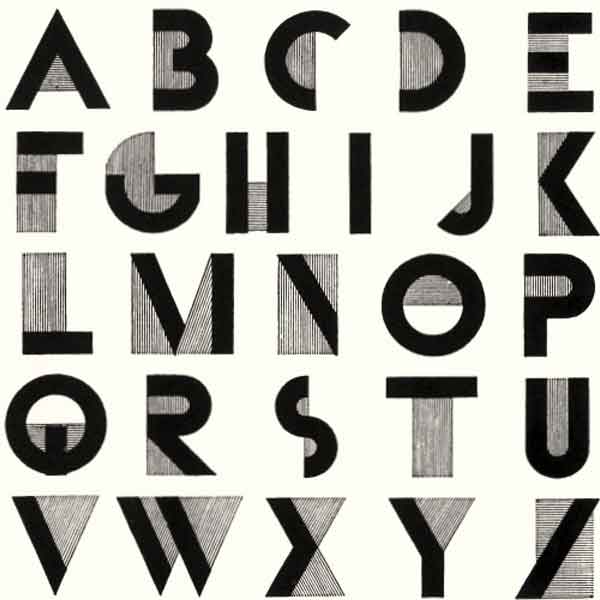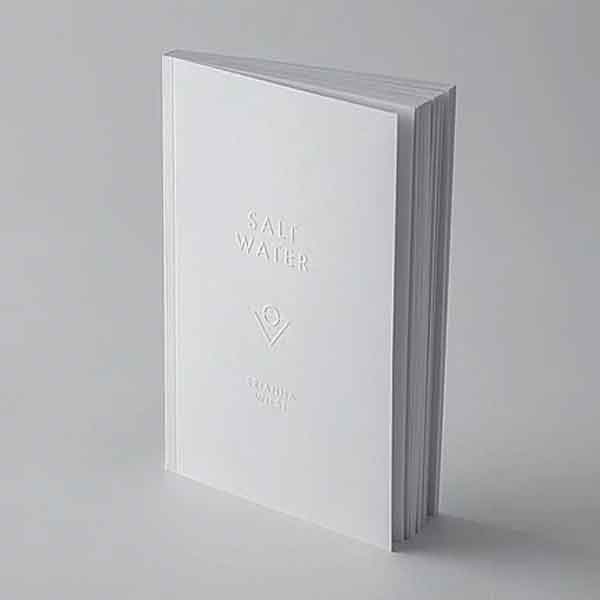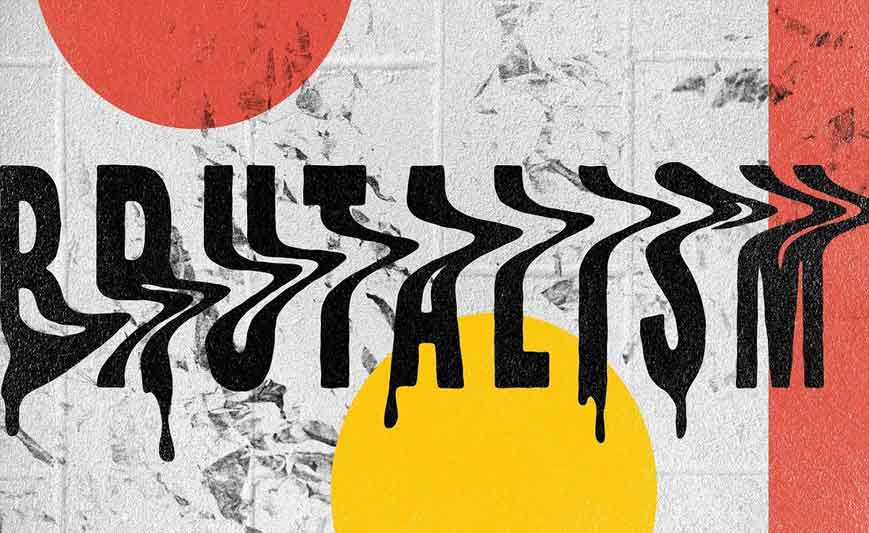Different types of graphic design styles have a profound impact on the visual language of our world. In the ever-evolving realm of graphic design, one of the key elements that captivates audiences and communicates messages effectively is the choice of design style. Whether it’s the elegant curves of Art Nouveau, the functional minimalism of Swiss Style, or the vibrant psychedelia of the 60s and 70s, each graphic design style has a unique story to tell.
This comprehensive guide takes you on a journey through the realm of graphic design styles. We’ll explore the historical foundations, delve into traditional and modern styles, and examine the cultural influences that have shaped the diverse landscape of graphic design. From industry-specific applications to practical tips for choosing the right style for your project, this guide is your passport to understanding the art and science of graphic design.
Art Nouveau, also known as the “New Art,” is a design style that emerged in the late 19th century and reached its peak in the early 20th century. It is characterized by its sinuous, curvilinear forms inspired by nature, ornate details, and a departure from strict geometric patterns in favor of asymmetry. This style often incorporates stylized typography and was notably embraced by artists like Alphonse Mucha, Hector Guimard, and Émile Gallé. Art Nouveau’s enduring legacy can be seen in periodic revivals and its influence on branding, packaging, and interior design projects that seek to evoke a sense of timeless elegance.
Art Nouveau’s emphasis on organic forms and intricate ornamentation continues to captivate designers and artists, making it a compelling source of inspiration in the contemporary design world. Whether it’s the graceful lines of an Art Nouveau-inspired poster or the ornate embellishments on luxury product packaging, this design style bridges the gap between nature and art, offering a glimpse into a bygone era while remaining relevant and influential amongst the different types of graphic design styles in today’s creative landscape.
The Bauhaus movement, established in the early 20th century by architect Walter Gropius, was a revolutionary force in the realms of art, design, and architecture. With an unwavering commitment to the principle of “form follows function,” the Bauhaus sought to break down the boundaries between fine arts and crafts and promote a minimalist, functional, and interdisciplinary approach to design. Notably, the school’s influence extended to graphic design through the popularization of grid systems, the development of modern typography, and innovative techniques like photomontage. These principles have had a profound and lasting impact on design, shaping modern design.
Limitation makes the creative mind inventive.
– Walter Gropius
The Bauhaus movement’s legacy endures in contemporary design as it laid the foundation for the International Style and inspired iconic furniture designs. Its emphasis on minimalism, clean lines, and functional aesthetics continues to shape modern design philosophies, influencing everything from architectural landmarks to the sleek user interfaces of digital products. The Bauhaus remains a pivotal chapter in design history, exemplifying the enduring power of blending artistry with practicality.
Swiss Style, also known as the International Typographic Style, originated in Switzerland during the mid-20th century and is celebrated for its enduring design principles. This movement emphasizes clarity, precision, and minimalist aesthetics. It is defined by its meticulous use of grid systems, clean layouts, and a focus on typography, particularly sans-serif fonts. Swiss Style’s commitment to balance and hierarchy in design elements, along with its distinctive use of asymmetric composition, sets it apart as a design language that values both simplicity and visual impact.
Swiss Style’s profound influence is visible in various design applications, including corporate branding, editorial design, information graphics, and various other different types of graphic design. Its principles have been embraced globally, making it a design standard that communicates professionalism and functionality across a broad spectrum of graphic design disciplines. In contemporary design, Swiss Style’s legacy lives on in digital interfaces, print media, and sustainability-focused design practices. The movement’s commitment to clarity, readability, and efficient use of design elements ensures its enduring relevance and timelessness in the ever-evolving world of graphic design.
Psychedelic and Retro design is a vibrant and nostalgic journey into the colorful aesthetics of the 1960s and 70s. This design style captures the essence of a time marked by bold, bright colors, intricate patterns, and a fascination with optical illusions. It thrives on visual experimentation, incorporating swirling motifs, hand-drawn typography, and a connection to nature through floral and organic elements. Psychedelic and Retro design is a whimsical and vivid celebration of self-expression, counterculture movements, and the era’s free-spirited mindset.
This design style not only offers a playful nod to the past but also thrives in contemporary applications, often used for themed events, music festivals, and marketing campaigns seeking to evoke the carefree and experimental spirit of the 60s and 70s. With its fusion of nostalgia, vibrant color schemes, and a touch of retro futurism, Psychedelic and Retro design serves as a visual escape to a bygone era, adding a sense of fun and excitement to various forms of graphic design in the modern world.
Typography-centric design is a graphic design approach that places typography at the forefront, harnessing the power of fonts, text arrangement, and letterforms to convey messages and create visual impact. This design style is all about effective communication, utilizing typography to guide the viewer’s eye, evoke emotions, and maintain brand consistency. It’s a testament to the fundamental role of typography in graphic design, where the selection and pairing of fonts play a crucial part in building a visual hierarchy, achieving balance, and ensuring legibility. Typography is not just a visual element; it’s a means of expressing emotion and personality through type, allowing designers to convey moods and aesthetics.
In contemporary design, Typography-Centric Design is highly versatile, finding applications in various fields, including editorial design, web design, branding, and advertising. It underscores the notion that well-chosen and expertly arranged type can be a powerful tool in conveying information and messages with clarity and impact. Whether it’s guiding readers through a publication, establishing brand identity, or creating visual interest, Typography-Centric Design serves as a testament to the enduring importance of typography in the multifaceted world of graphic design.
Art Deco, a design style of the early 20th century, embodies a luxurious and geometric aesthetic that celebrates opulence and sophistication. This visually captivating movement is known for its bold, symmetrical shapes, rich colors, and ornate detailing. Drawing inspiration from diverse sources, Art Deco incorporates the sleek lines of Cubism, the exotic allure of ancient Egypt, and the industrial age’s precision. The style’s influence extends to architecture, decorative arts, and a range of different types of graphic design styles, with iconic landmarks like the Chrysler Building showcasing its geometric grandeur.
In contemporary, Art Deco’s allure endures through periodic revivals and a continued presence in entertainment and luxury branding. Its enduring appeal lies in its ability to evoke a sense of timeless glamour and modernity. From Hollywood-inspired set designs to high-end product branding, Art Deco continues to shape our perception of elegance and opulence, making it a design style that bridges the past and present with unwavering sophistication.
Minimalism, as a design style, is a celebration of simplicity and clarity. It adheres to the “less is more” philosophy, paring down design elements to their most fundamental forms. This approach incorporates ample whitespace, subdued color palettes, and clean lines, creating a sense of visual tranquility. Drawing inspiration from Scandinavian design, minimalism shares a dedication to functionality and embraces the concept of “hygge,” which centers on comfort and coziness within an uncluttered environment.
In contemporary graphic design, minimalism plays a significant role, particularly in web and user interface (UI) design, where it fosters user-friendly and content-focused experiences. It also influences branding and logo design, with many modern brands opting for minimalist logos for their timeless and adaptable nature. In print and editorial design, minimalism’s clean layouts enhance readability and visual impact. Beyond the design world, minimalism reflects a broader lifestyle movement that values simplicity, function, and modern elegance. It is a testament to the enduring appeal of unadorned aesthetics and the power of distilling design to its essential elements.
Flat Design, a design style that gained prominence in the early 21st century, embodies the essence of simplicity, minimalism, and user-friendliness in the digital realm. It emerged as a reaction against the prior dominance of skeuomorphism, which imitated real-world textures and objects in digital interfaces. Flat Design simplifies the visual landscape by eliminating three-dimensional effects like shadows and gradients, opting for a clean and two-dimensional appearance. Typography in this style is clean and legible, often featured prominently, and it is complemented by bold, vibrant color palettes and stylized icons that convey actions and concepts effectively.
The influence of Flat Design is pervasive in the digital world, with its clean and content-focused approach being particularly prominent in app icons, website interfaces, and software designs. By prioritizing user-friendly aesthetics and focusing on simplicity, Flat Design has redefined the visual language of the digital age. Its impact is a testament to the power of minimalist aesthetics in enhancing user experiences and making digital interfaces visually appealing and accessible.
Brutalism, a mid-20th-century design style, is renowned for its raw, utilitarian, and imposing aesthetics. Emerging in the post-World War II era, particularly in Europe, it values functionality and focuses on the essential elements of design. The extensive use of concrete lends its structures an unadorned appearance, emphasizing the material’s authenticity and structural integrity. Geometric shapes and minimal ornamentation are common, while the aesthetics of Brutalism are often seen as polarizing, with some praising its stark honesty and others finding it austere.
This design style has also left a notable mark on different types of graphic design styles, embracing stark visuals, minimalist color palettes, and an emphasis on content. In contemporary web design, Brutalism finds a niche with websites that adopt its unapologetic, stripped-down aesthetics. Brutalism stands as a bold and thought-provoking approach, challenging conventional notions of beauty and embracing a rugged, functional design philosophy. Its influence can be observed in iconic architectural landmarks as well as the modern digital space, where it continues to spark discussions and reshape our understanding of aesthetics and utility in design.
Choosing the right graphic design style is a critical decision in any project, with far-reaching implications for its success. The process begins with a clear definition of project objectives and understanding your target audience’s preferences. Aligning the chosen style with these factors is essential, as well as considering the medium in which the design will be presented – be it print, digital, or other platforms. Additionally, maintaining consistency with an established brand’s identity and values is crucial for brand recognition.
Versatility is key, as some styles are highly adaptable while others are niche-specific. Seeking inspiration from a variety of design styles, consulting with design professionals, and experimenting with different options can provide valuable insights. Above all, the choice should resonate with your creative vision and effectively communicate your message. By carefully weighing these considerations, you can make an informed decision that enhances the visual impact and effectiveness of your design, setting your project on the path to success.
In this extensive exploration of the different types of graphic design styles, we’ve delved into a diverse array of design philosophies, each with its distinct character and influence. From the opulent aesthetics of Art Deco to the raw honesty of Brutalism, we’ve uncovered the origins, defining features, and contemporary applications of these styles. The guide provides a valuable compass for designers and enthusiasts, offering insights into the rich tapestry of design choices available and how these styles can resonate with different projects.
The choice of a graphic design style is a critical decision, requiring a deep understanding of project objectives, target audience, and the medium in which the design will be presented. It’s a journey of aligning style with substance, ensuring that the chosen aesthetics effectively communicate the intended message. As the field of graphic design continues to evolve, this guide stands as a valuable resource, offering inspiration and guidance to help designers navigate the ever-expanding realm of design possibilities and make informed choices that capture the essence of their creative vision.
